I am not sure whether there is anywhere in the world where you can see more color per square foot than in Kathmandu. Walking through Thamel, one of the city’s main tourist districts, I see shops that virtually explode with multi-hued fabrics, jewelry, Thangka paintings, rugs, and masks, not to mention trekking gear of all descriptions. But I can’t stop to gawk, because the minute I do, I find myself taking part in an exercise in sales resistance, instantly surrounded by a swarm of vendors who dangle beaded jewelry or wave tiger balm in front of my nose. It is the definition of cacaphony, but multiplied, because it involves not just sound, but sight and smell and touch.
In Your Bucket Because…
- Sensory overload doesn’t scare you; it thrills you.
- You want to shop somewhere where you can afford almost anything on offer.
- Good for bargainers and bargain hunters and appreciators of the exotic.
Souvenirs to Buy in Nepal
Quite simply, Nepal is a shopping paradise for budget travelers. As with anywhere, there are plenty of high-end items the average traveler can’t afford — here, those would be mostly jewelry and larger rugs. (If that’s your budget range, head to Babar Mahal, a collection of palace and related outbuildings on the south side of the city that has been repurposed to house a collection of tony shops and restaurants.) But there are few places in the world that offer as much variety for as low a price. Rarely do I walk into a market where I can afford everything in it; in Kathmandu, I several times had the luxury of that experience.
Even better, many of the souvenirs are genuine reflections of the culture and the faith, which in Nepal is typically either Hindu or Buddhist, and sometimes a hybrid that combines elements of both. You’ll walk past uncountable Buddha statues, prayer wheels, and Thangka (colorful Tibetan-influenced religious paintings show various aspects of the Buddha). Most items in the markets are painted with the intent of being sold to tourists. But the themes are authentic.
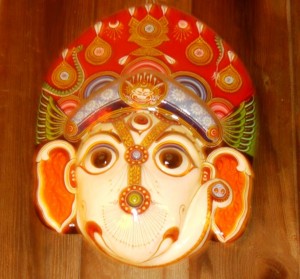
Masks and puppets are other fun, traditional gifts to bring home. The brightly, not to say garishly, painted masks of Hindu gods are available in various sizes. Ganesh, the elephant-headed god, is one of the more popular deities. Most masks are made in the town of Thimi, and are used in traditional dances in September. Puppets are made in Bhaktapur, and make good gifts for children. Continuing in the handicraft vein, traditional souvenirs include curved and scary-looking khukri knives (don’t try and bring one of these in your hand luggage!) and a seemingly endless assortment of carvings, wood boxes, and vases.
I’ve found that fabrics make portable and appreciated gifts. The bright fabric worn as sarongs by local women can be repurposed as decor accents in western homes. Usually sold in pairs, a sarong-sized length of cloth might cost a few dollars. Clothing can also be custom made, and various traditional items of clothing, particularly shirts and jackets, are also bought by some western tourists.
Tibetan carpets are one of the bigger-ticket tourist items. Nepal has a large population of refugees from neighboring Tibet, and refugees living in Nepal have brought their crafts with them. Thick Tibetan carpets with striking geometric patters are a traditional art form. The brighter blue and red rugs are chemically dyed; the softer browns and earth colors are made with vegetable dyes. Carpets are made in workshops in the Kathmandu Valley in Jawlakhel. It is better to lug them home than ship them, as shipping is expensive and unreliable. (They do fold up into a smaller package than you’d expect.)
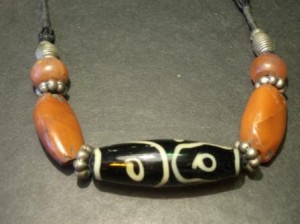
Perhaps my favorite Nepal souvenirs were the beads, another traditional item here. Typically, women wear large, heavy necklaces that make them walking bank statements of a family’s wealth. In Kathmandu’s bead shops, rough and hefty beads of turquoise, copal, and coral are organized in bins of various sizes and shapes. I negotiated my purchase of each bead with a shopkeeper who then, with a few deft flicks of his tool, added a chain and presented me with my own custom-made necklace.
Practicalities
As in many developing countries, bargaining is an expected part of the culture, except in a few higher end fixed-price shops geared to upscale tourists. Even in those, it is expected that you’ll as for a discount. Check with other travelers about the prices they’ve paid for various items (and ask how hard they had to bargain). A knowledgeable local can help, but the information may be tainted by the promise of a commission. An expat who has been living in Nepal may also be able to suggest good shops or a range of prices.
At the same time, remember that Nepal is one of the world’s poorest countries. It’s okay to bargain hard over a big-ticket item like a rug, especially if the initial price is higher than the going rate. And by all means play the game in the markets: It’s expected. But be gentle with the prices of smaller items. The dollar a tourist saves can mean a lot to a local family.
Along the same lines, if you want to shop with a purpose, check out the Mahaguthi outlet in Lazimpat (north of Kathmandu) or the showrooms of a cluster of nonprofit organization located in Patan, both of which sell products are made by people in disadvantaged communities. A final hint: Don’t forget to bring a stash of small bills when souvenir shopping. In Nepal, vendors won’t have change for big bills, and not having change is one way to up the price.
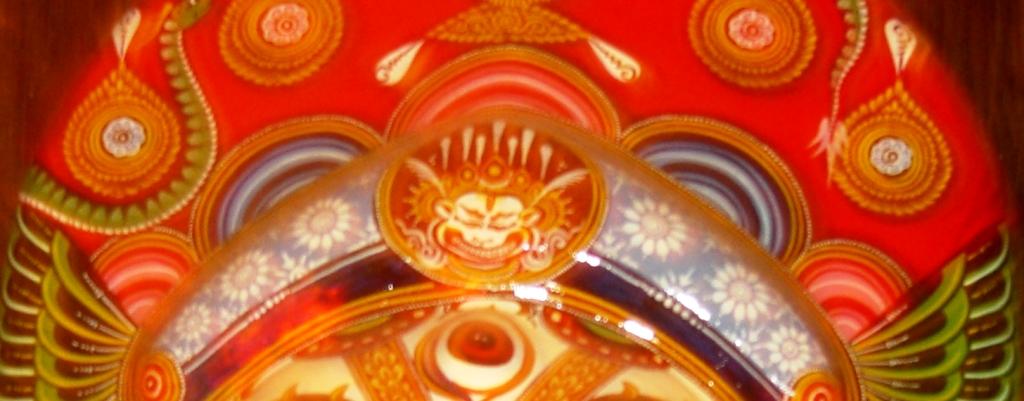
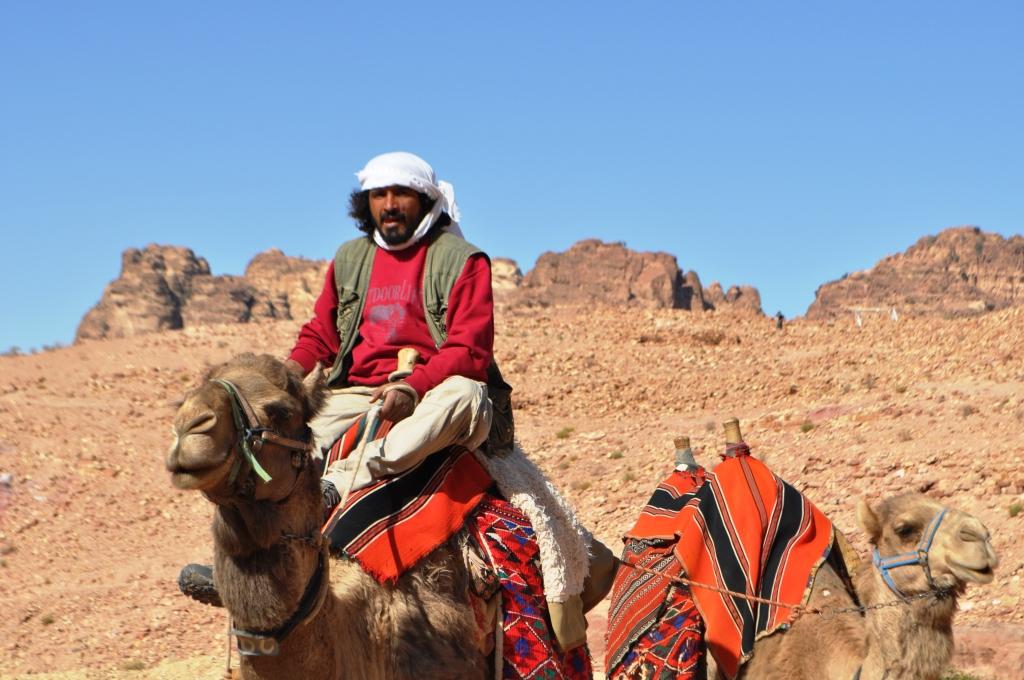
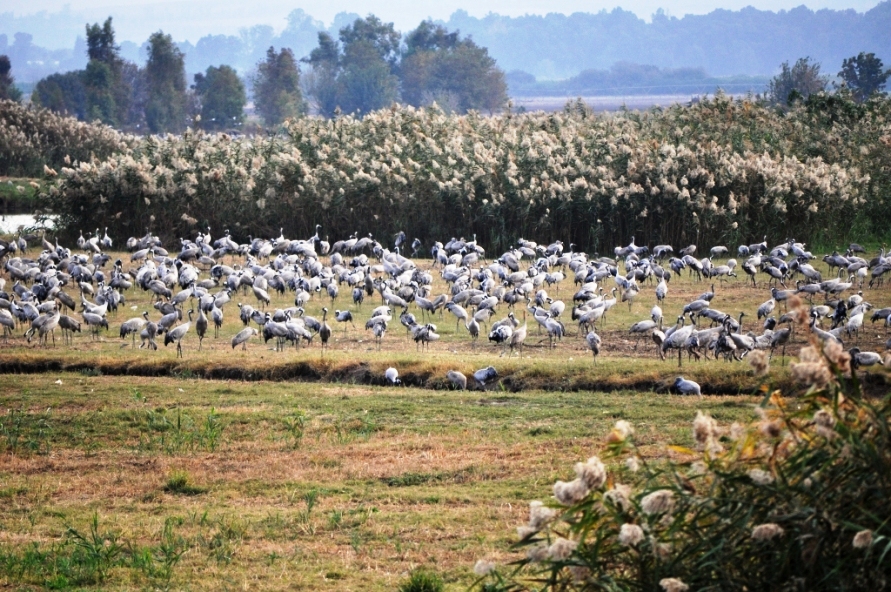
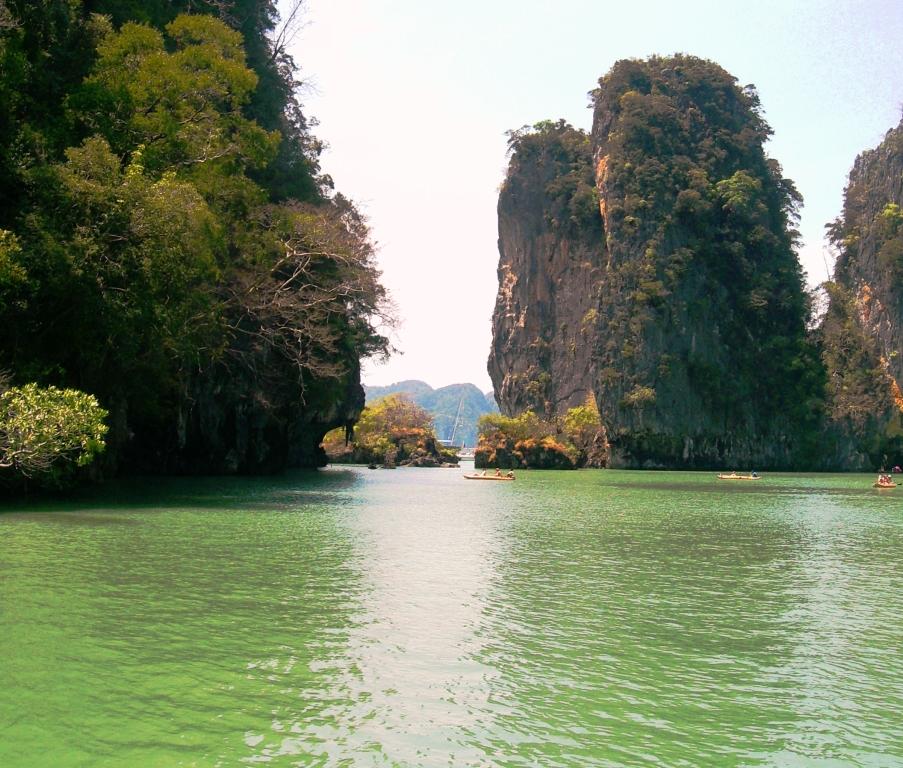
Sigh, another place to add to my Bucket List…